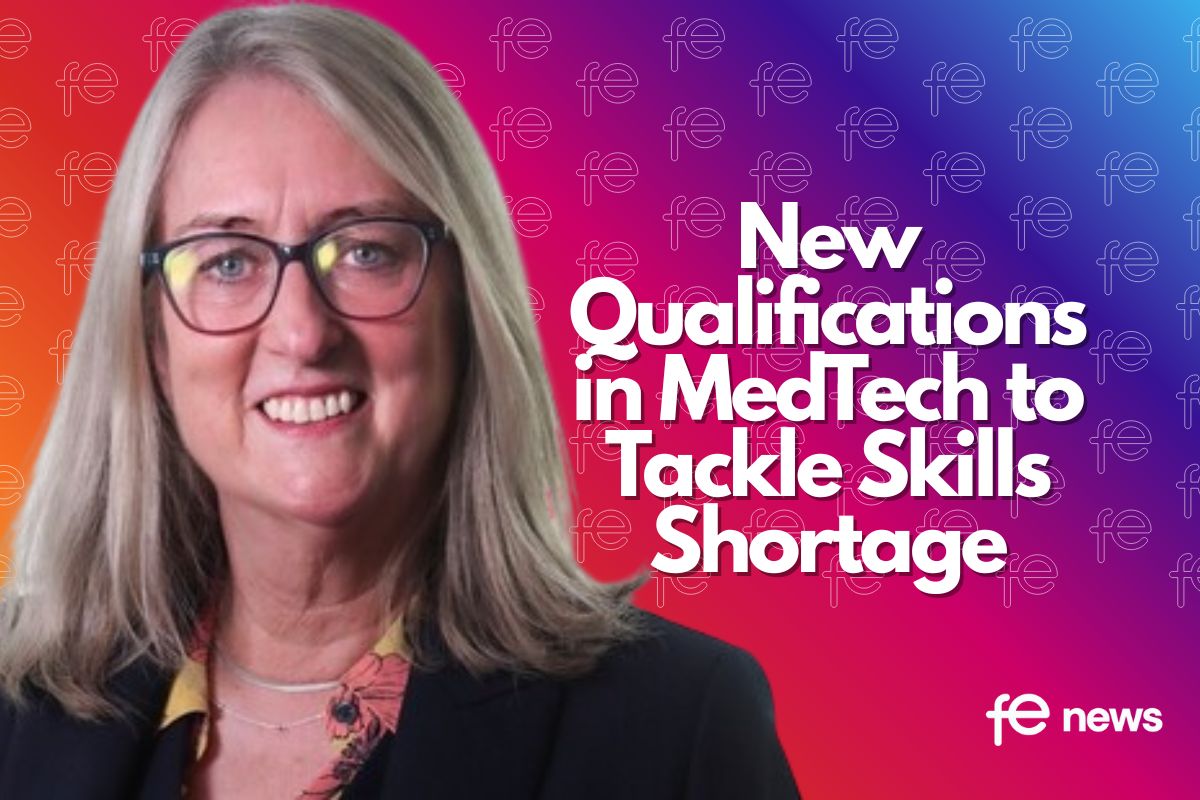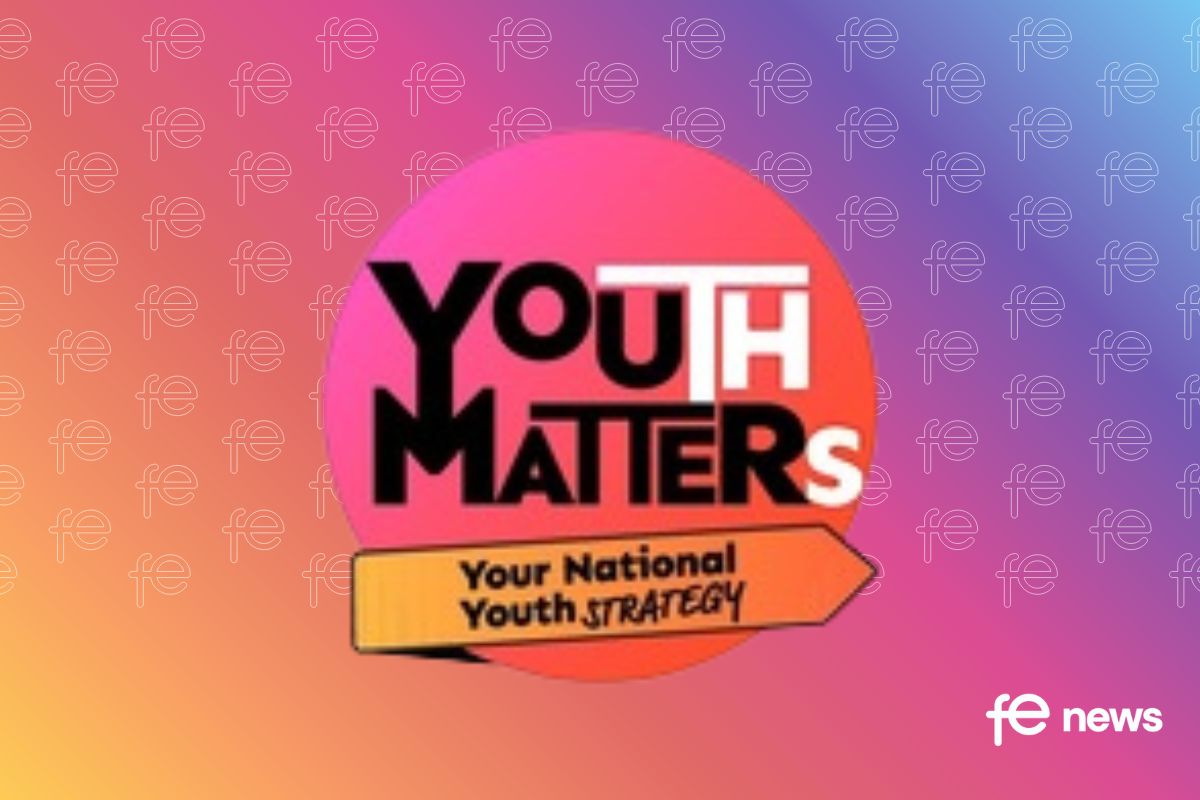How to keep your Covid-19 specific communications plan for your FE college current

FE colleges have been communicating with teachers, learners and others during Covid-19 but as this continues it’s a good idea to review your communication plan so you can adapt as quickly and easily as possible as changes in the current situation continue to emerge.
The easiest way to deal with this is to create a package of tools that will help you stay on top of the changes and the ever-increasing regulation and actions you need to take. For example, Thomson Screening has developed a toolkit which provides training and sample documentation. The good news is, none of these activities is new; colleges do them all the time. What’s different is that now FE Colleges need a specific “Covid flavoured” version.
Any existing communication plan your college has will need adapting to be specific to the current situation. What will remain the same and what will be different? How can you do this, and carry out the work, with the minimum amount of re-inventing the wheel? How can you adapt what you already know and have to this ever-changing situation?
Bookmark all your trusted sources of information!
The best sites to visit are the most important government websites. These are the first places you will need to check regularly. One of the difficulties at the moment is that there is so much conflicting, confusing or out of date information circulating. Go straight to the horse’s mouth, check the government websites first and have them bookmarked.
Understanding the audience of staff, parents and children
Under the current circumstances your audience will be much more sensitive to different types of communication, and this will not necessarily be along the lines you may expect.
Essentially, we are talking about people’s ability to handle uncertainty and manage risk and this has nothing to do with their job, their level of education or even their age. Some people will be very risk averse, some will rely on science or authority, and some will be just the opposite.
Your communications plan needs to be mindful of this and cater to the different needs of staff, learners (and any visitors). It may need you to say the same thing from three different perspectives to cater to different needs. This requires listening actively.
Listen actively to staff, learners etc.
You need to listen and hear what your audience or different groups in the audience (whether internal or external to the college) are most concerned about. For example, is it rules around social distancing? or mask wearing?
The actions you take need to be about them – and they need to understand that in your communications. Just acting, but not communicating, can lead to misunderstandings and a break-down in trust.
Be clear about what you want to say
You don’t want staff or learners to come to college if they have symptoms – so be clear about this and what they should do in this situation e.g contact details they will need for all eventualities.
If you need visitors (e.g.suppliers) to wear a mask at all times, or if they only need to wear them in certain areas – be clear about this. If areas within your college are off limits to external visitors, ensure they are obviously labelled.
Above all, your communications need to be clear, simple and, if necessary, repetitive. Just look at how the NHS is using simple words and lists of no more than three or four items. Don’t assume just because you’ve said it once, everyone has heard it or taken it on-board.
Avoid using abbreviations or acronyms. And remember, this is not a time to be original or funny.
Finally, it really helps to give some specific examples and little personal touches: show that you have considered the needs, for example of those who rely on lipreading.
Use the appropriate channels
Colleges can have lots communications channels these days including your website, Twitter, WhatsApp, newsletters to signage on your front door etc. Normally you’d be using a slightly different approach in each channel, but in your Covid-19 related communications, it is really important that there is no misunderstanding.
Having listed all possible “channels”: website, newsletter, sign on the door, customer service team, training materials, Twitter feed, LinkedIn post, everything you can think of.
Review will work most effectively for staff? For learners?
Use templates as much as possible as this will save time and keep the communications consistent. Ensure anyone involved in any form of comms (from PR to social media, from web editor, to marketing flyers, from poster designs to advertising) know what your Covid-19 messaging is and when and how to include it.
Make sure your communication is timely
The changing nature of Covid-19 information makes it very difficult to plan. Yet, you cannot spend every hour, every day, checking and updating everything.
Fortunately, there are a couple of tricks and tips you can use. These should be familiar to you, and in Covid-19 related messaging they are essential:
- In electronic communications (websites, newsletters, chats, etc.) use links directly to the relevant government websites. (see list above)
- Used shared file systems (e.g. Google Drive, One Drive or Dropbox) for templates and drafts
- Have a log of where these templates are used, to make sure you don’t miss one of them
- Have everything in one place so you can take action over when you suddenly need to change something.
The pressure on colleges and their staff and learners at the present time is immense. Communication about Covid-19 will be needed for the foreseeable future so I hope this review of communication plans will help you to keep your audience fully aware of the key message they need.
Marta Kalas is co-founder of Thomson Screening
Thomson Screening are developers of the Thomson Covid-19 Test Manager software platform that enables testing providers to scale irrespective of where, how and what test is carried out. Functions include automated reporting at local and national level for bodies including Public Health, Community Health and Employers with data reporting into other systems, as required.











Responses